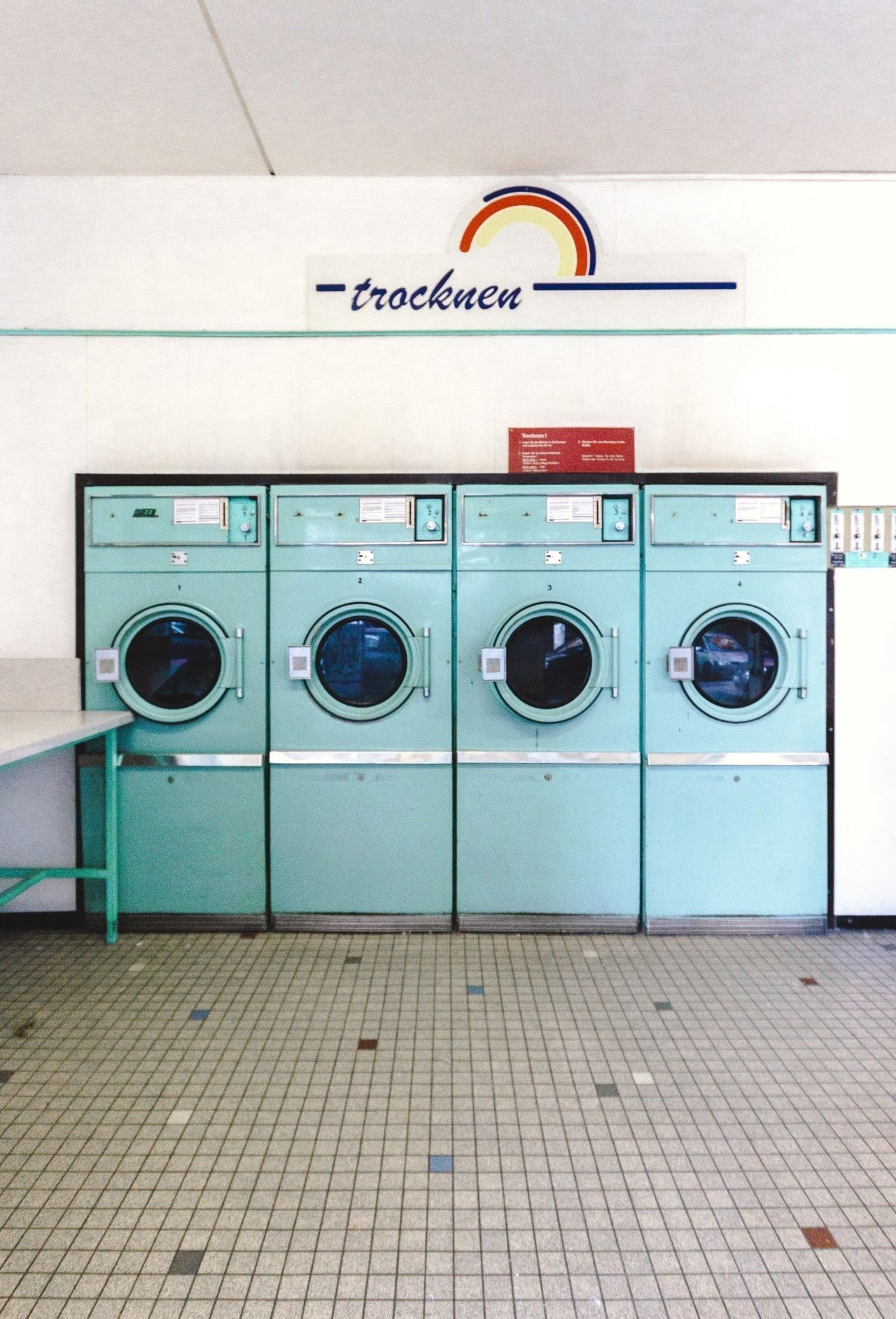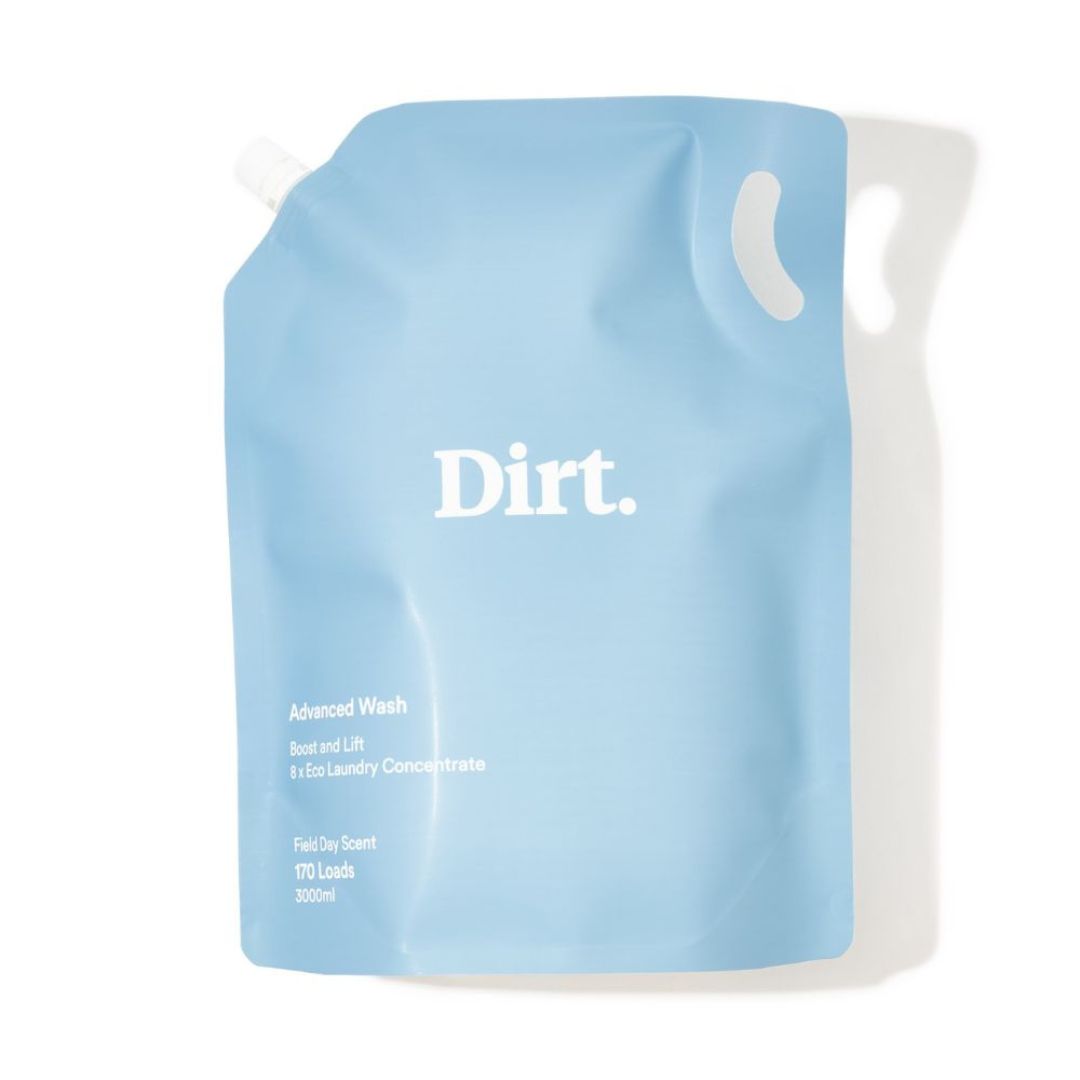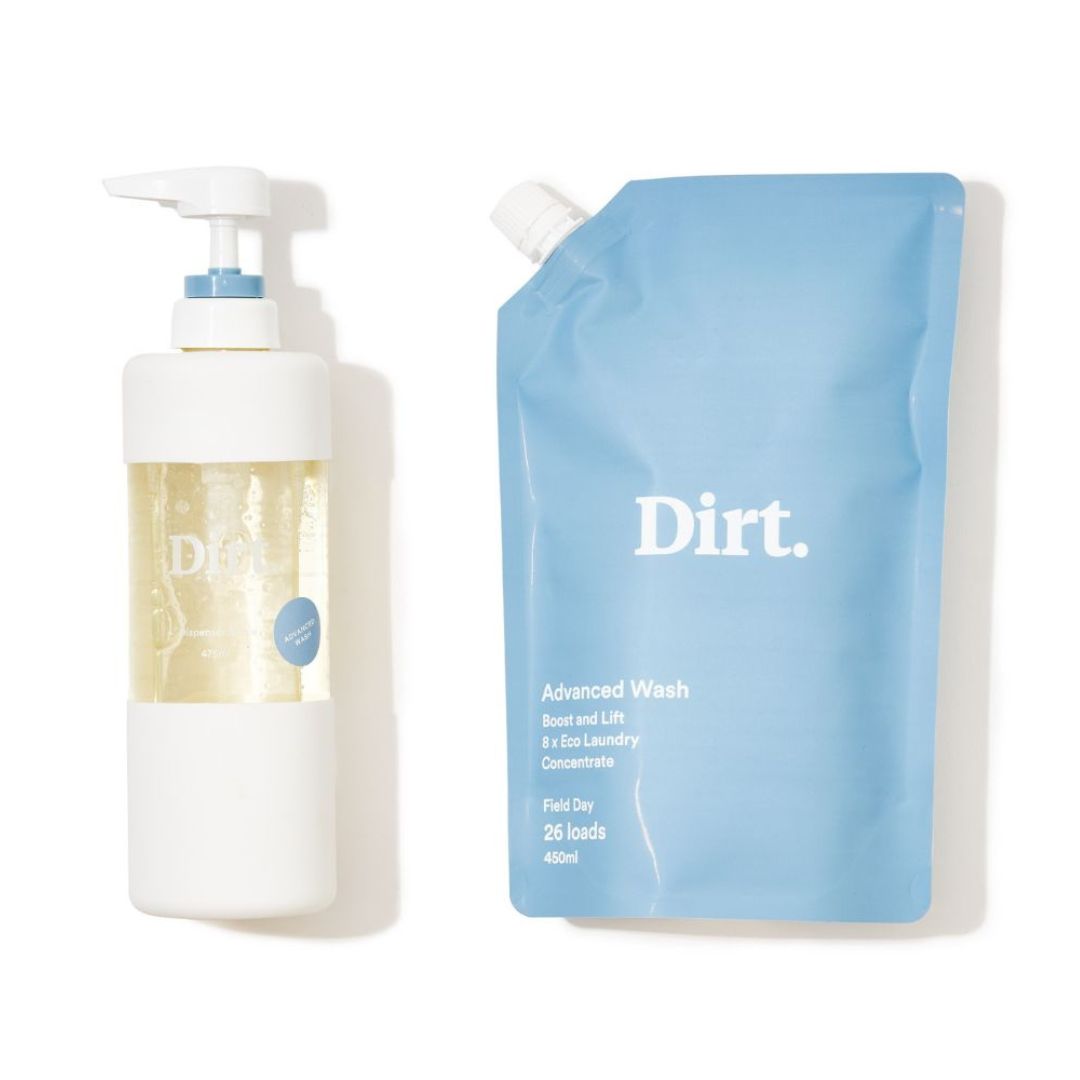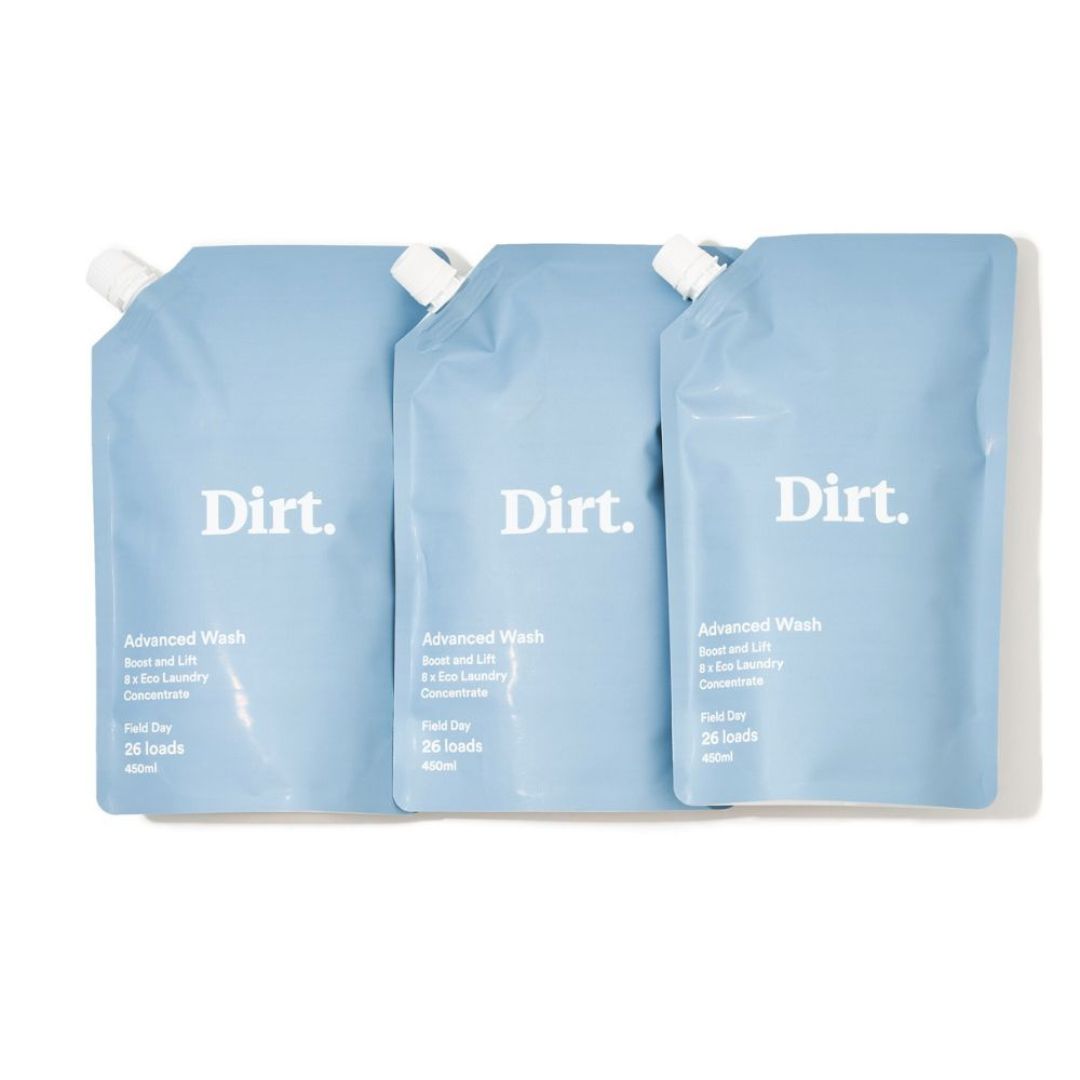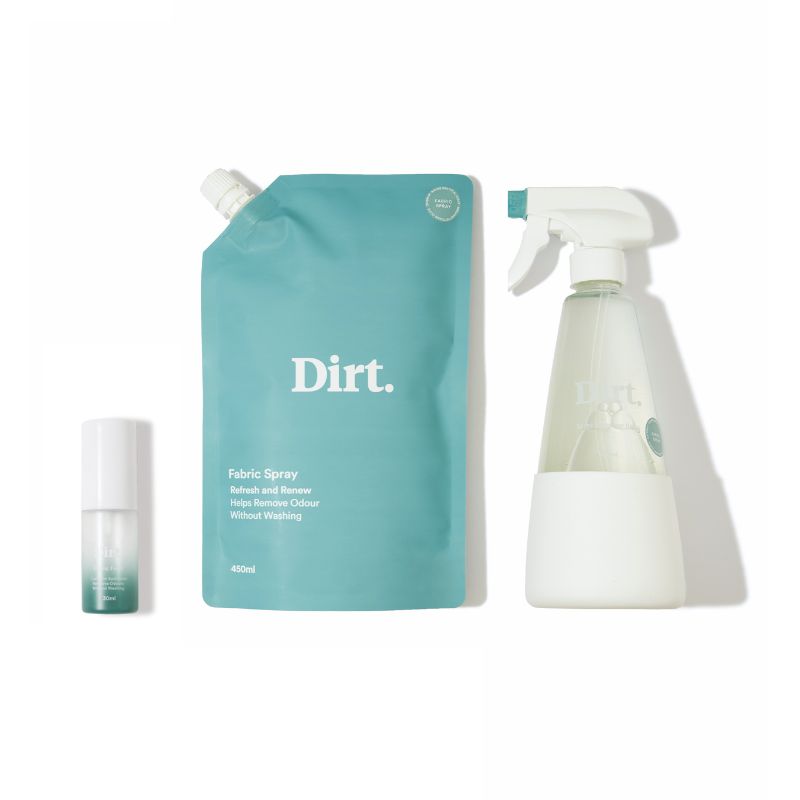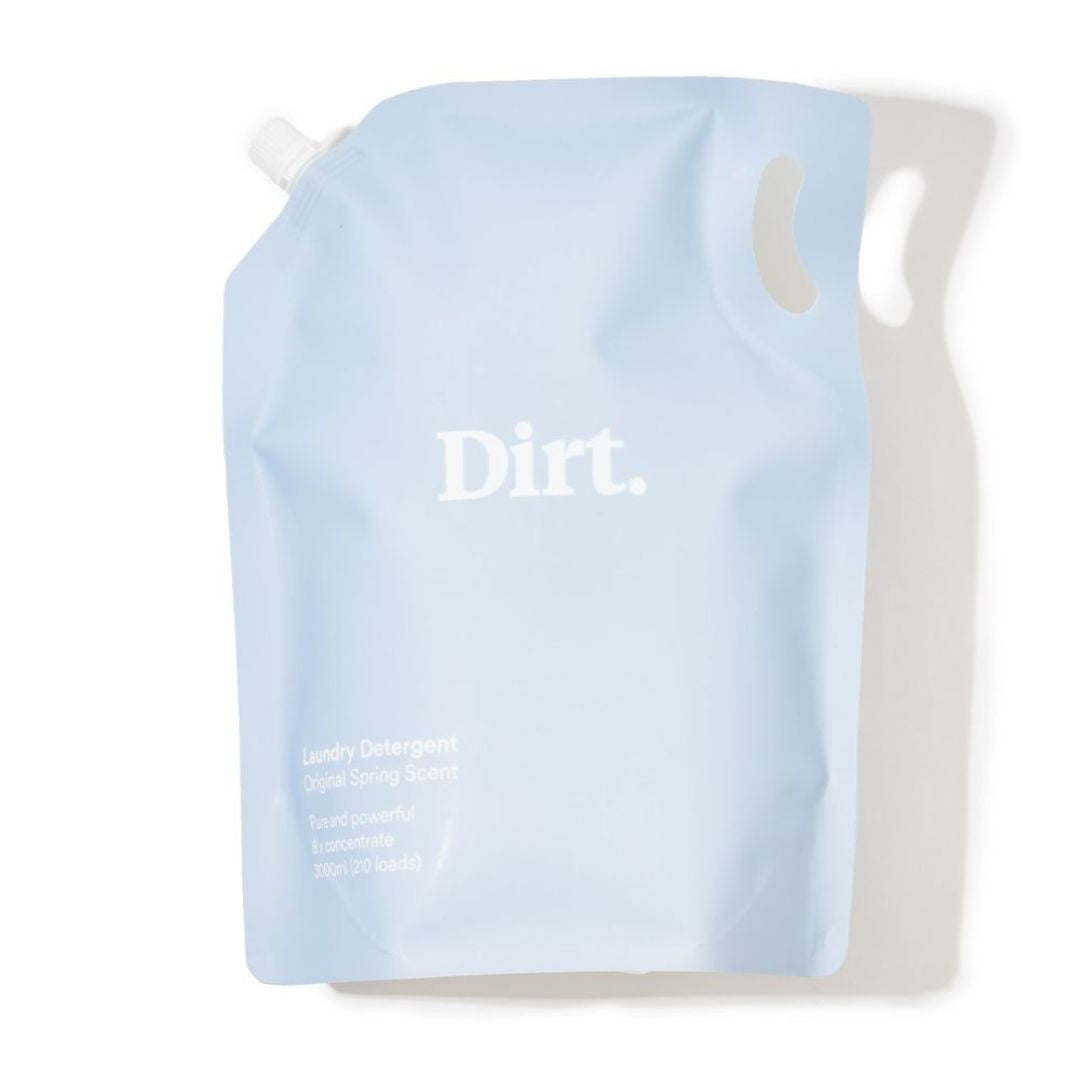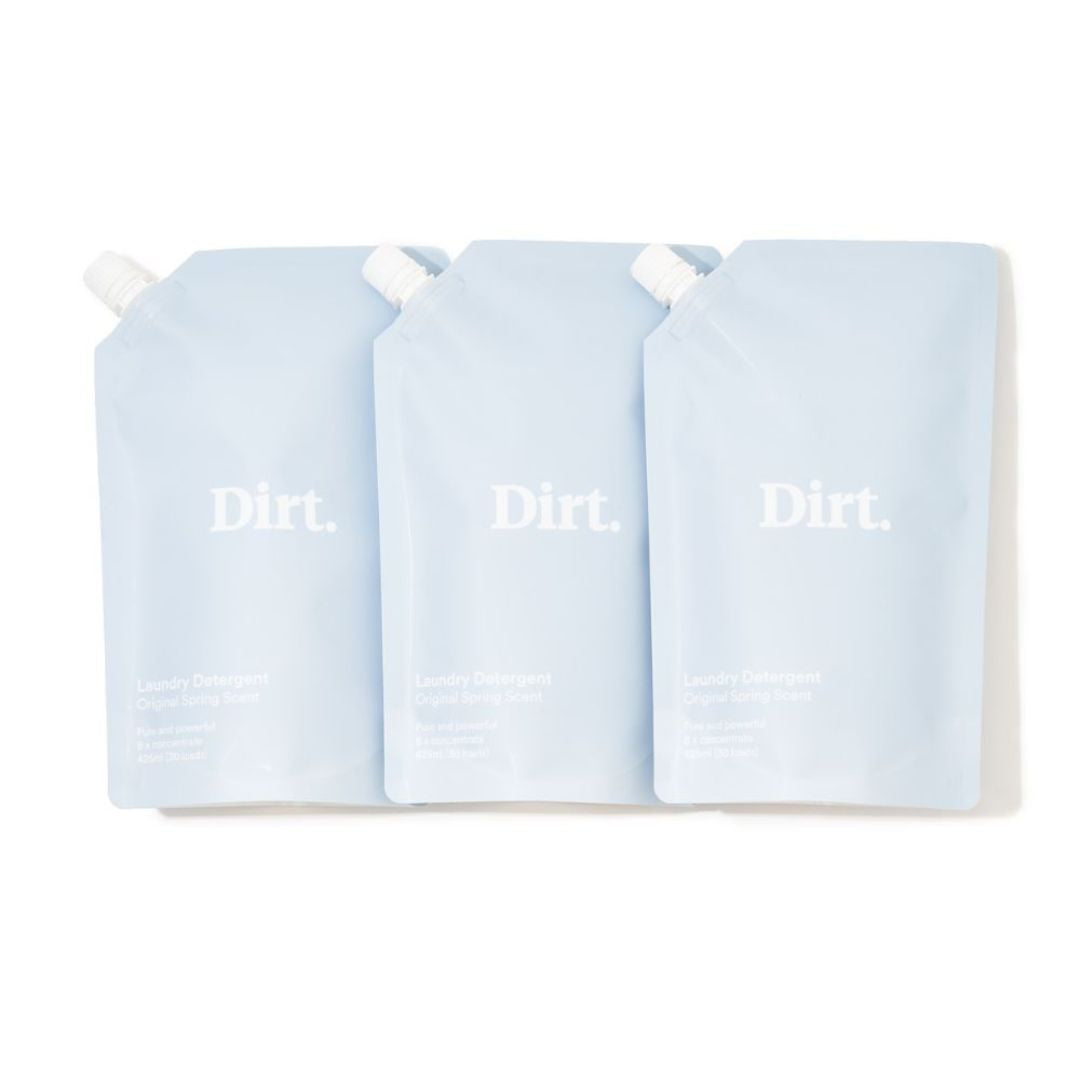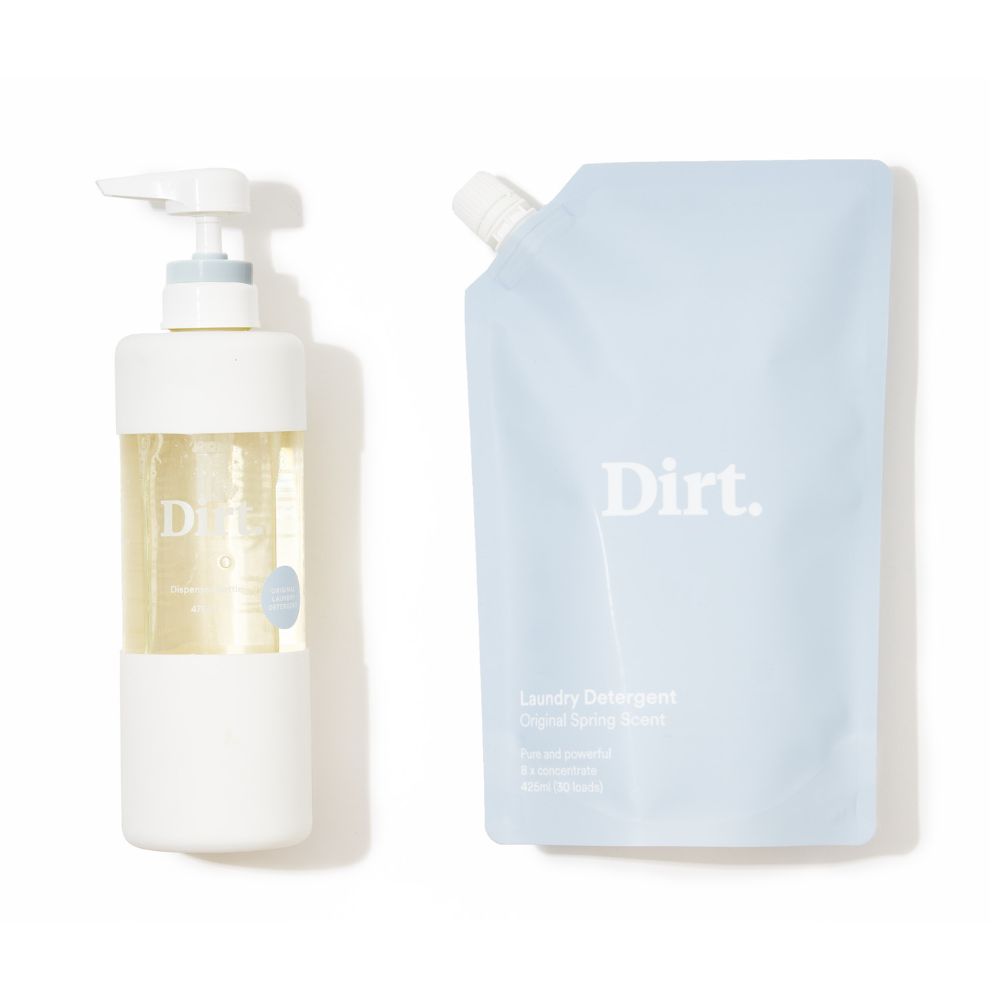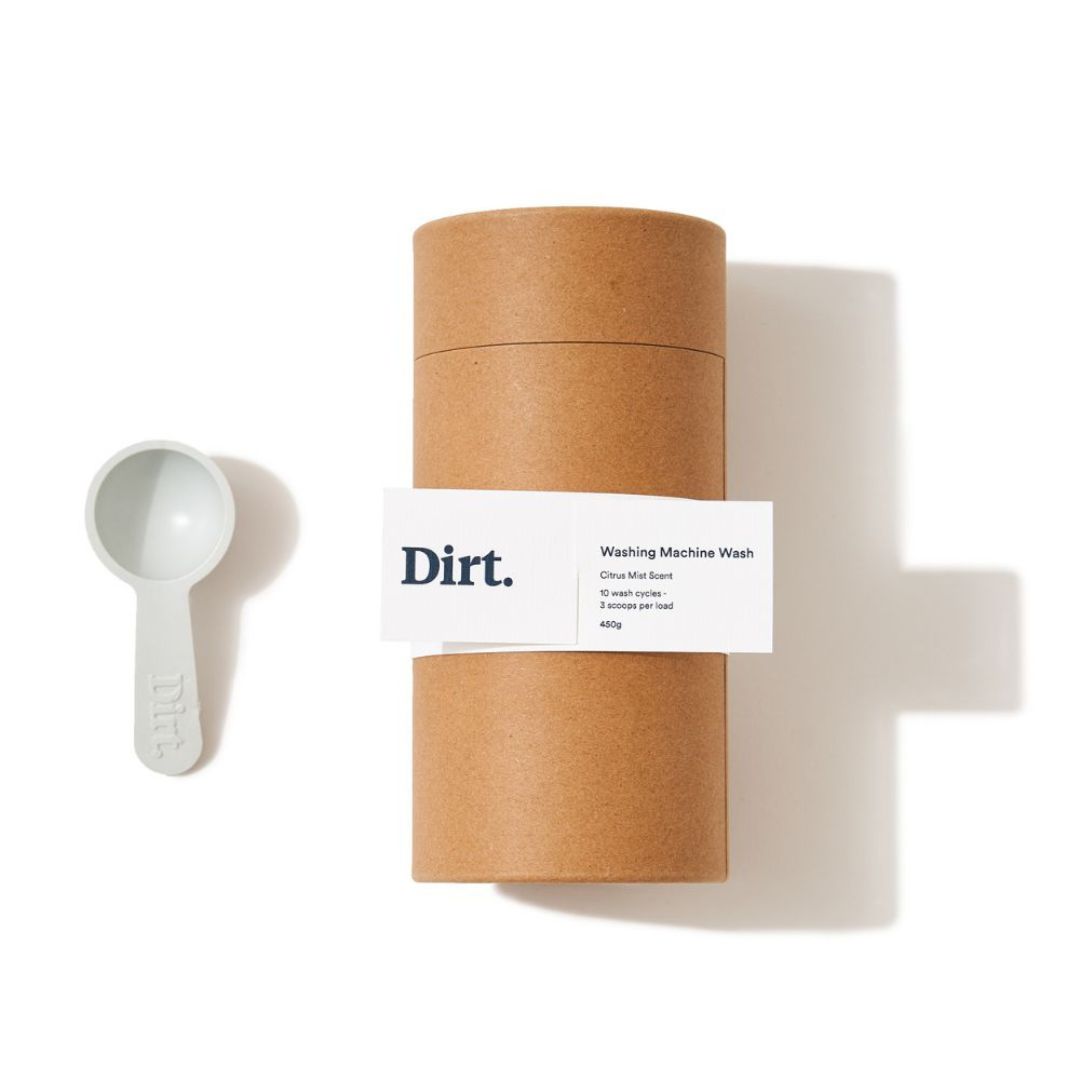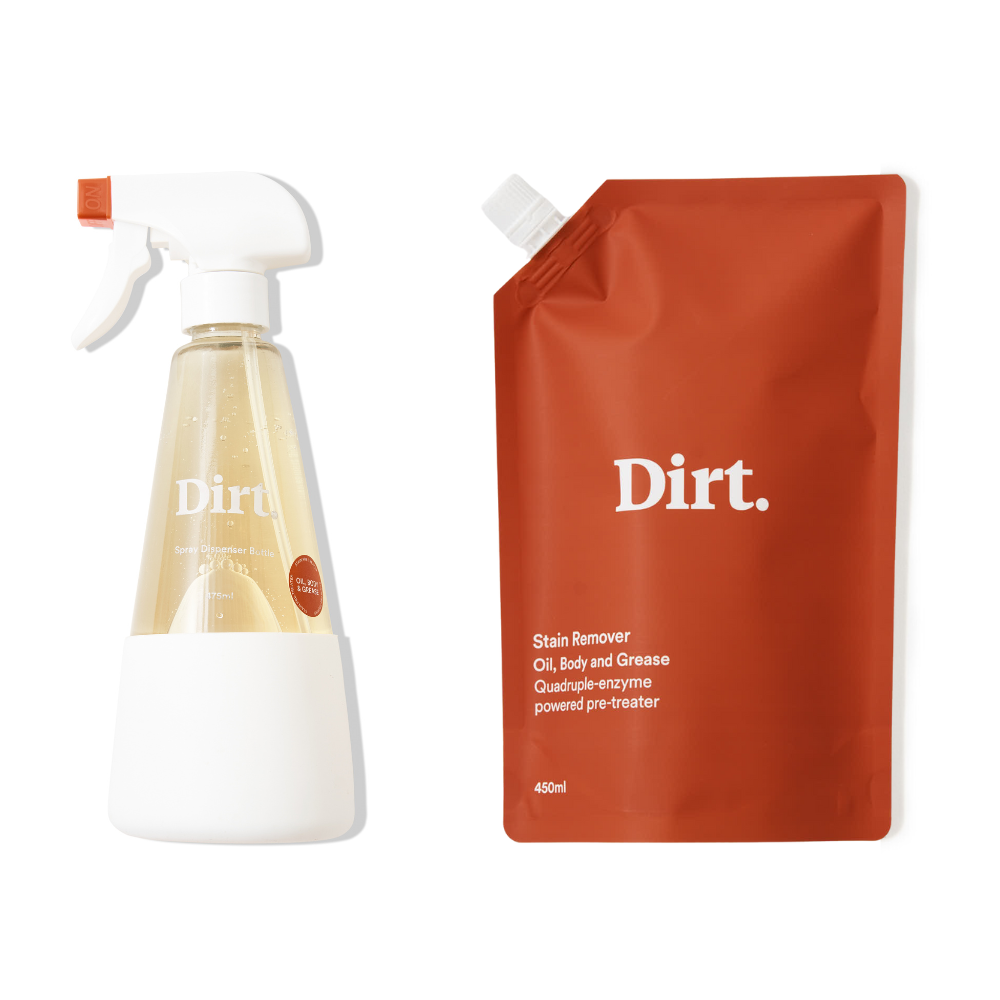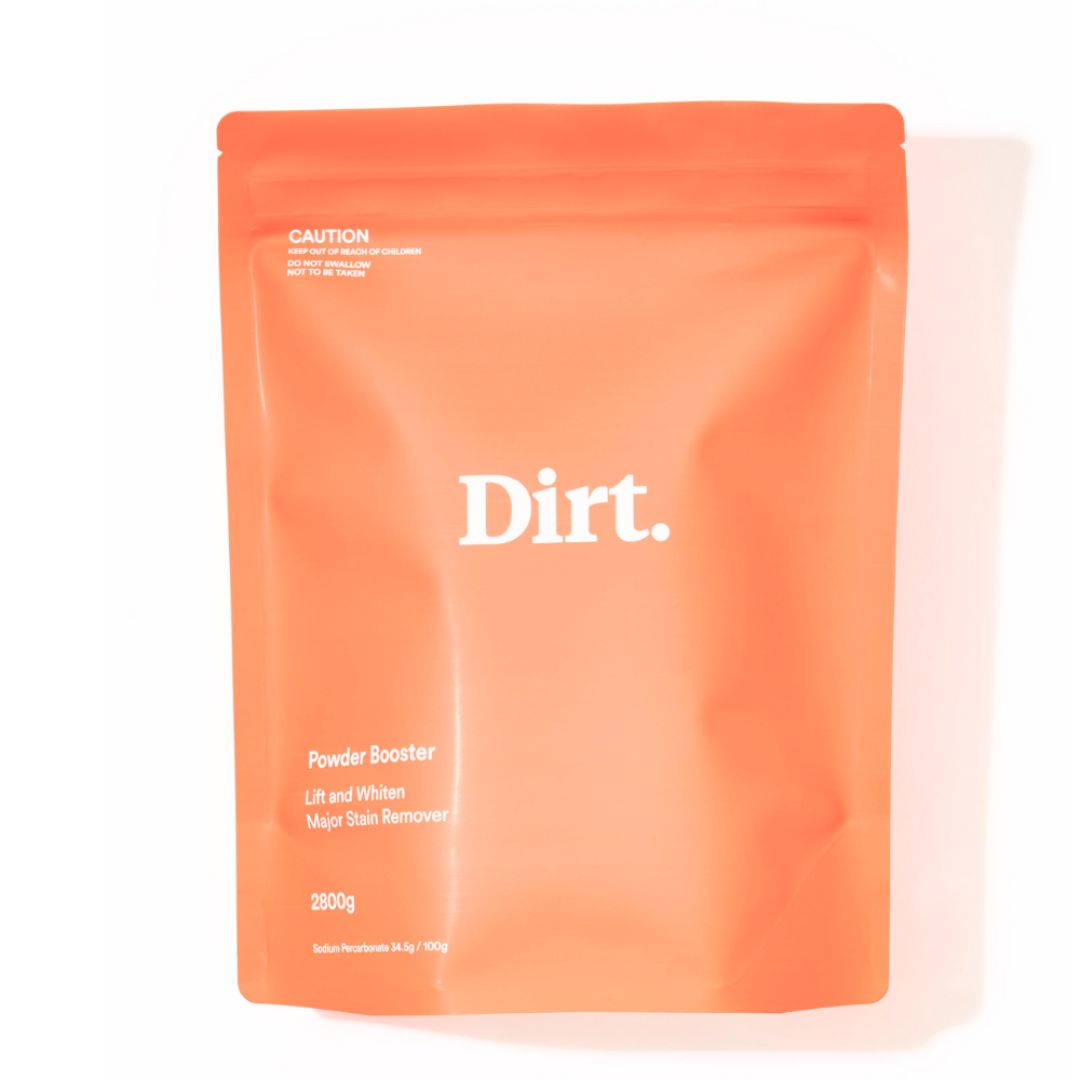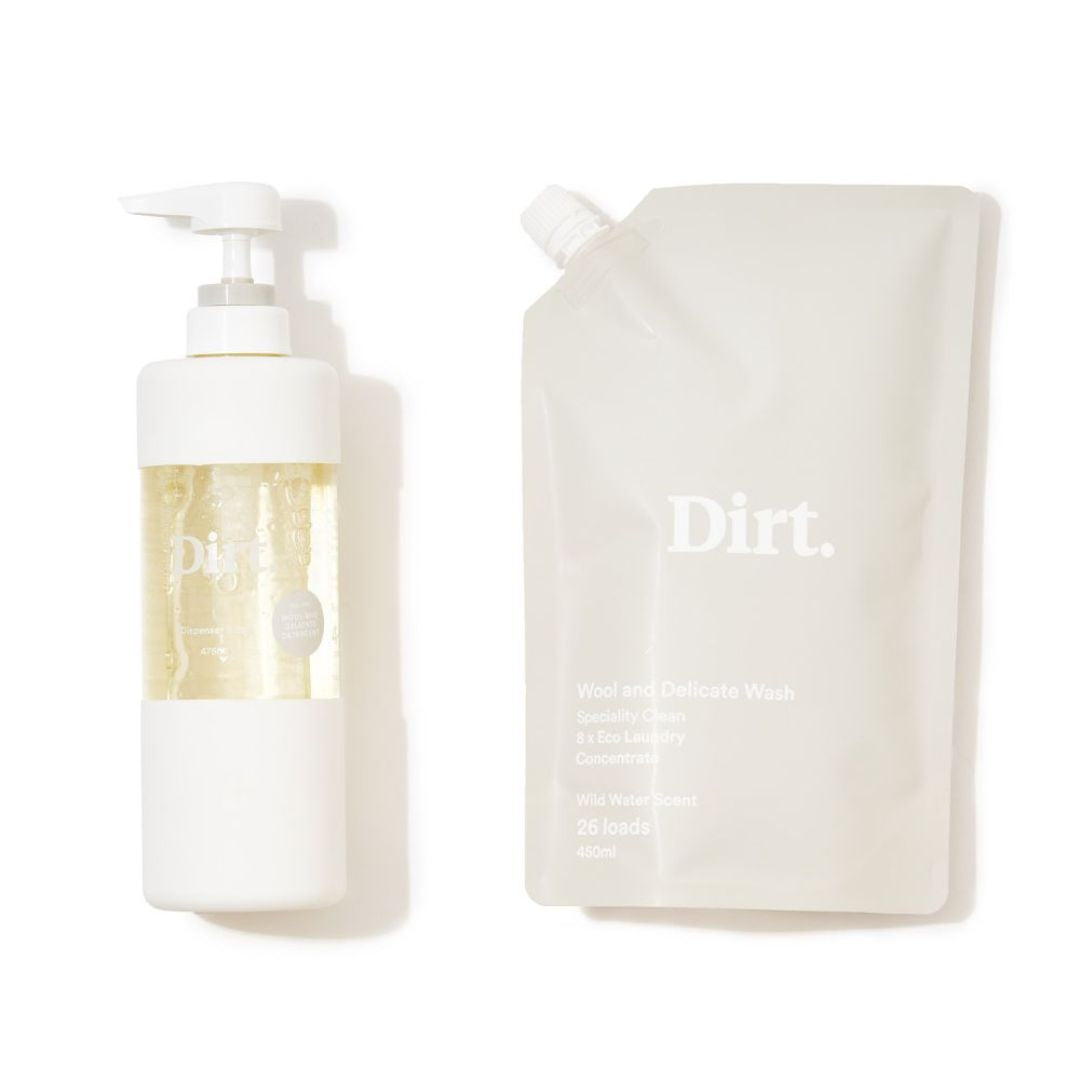Mould, mildew, stink, residue… sound familiar? If washing machines could sing, we’re pretty sure they’d be belting out Riri, ‘Where have you been? ‘Cause I never see you…’
As one of the most used and important appliances in the home (in our humble opinion), our washing machines need a lot more than a wipe down every few months to stay clean and funk-free. With the average household washing up to five loads per week, your machine is susceptible to bacterial growth (especially front loaders) that can result in musty clothes and even illness, if not thoroughly cleaned.
So, how often should you be deep cleaning your washing machine? According to David AKA Dr Washing Machine, at least once a month (depending on usage and how soiled your clothes are). Get started with his top tips to make sure your machine is clean where it counts.
Step 1: Scrub The Detergent Drawer

Remove the detergent drawer and give it a good scrub in the sink. All the wax buildup you see is caused by detergent and fabric softener which can cause blockages and prevent detergent from entering the drum, so it’s important to remove any residue. Once done, let it dry and get started on the inside of your detergent box.
Step 2: Clean and Dry Your Rubber Gasket (seal)

If you’ve got a front loader, it’s easy to forget the importance of your rubber gasket. Located in front of the washing machine drum, this seal prevents water from leaking out of your machine when in use, so yeah, pretty important. Blame it on auto-pilot mode (or blissful ignorance) but rubber seals are probably the most overlooked and dirtiest part of your washing machine. Pay attention…
Don on some gloves, then mix one part bleach to four parts water into a bucket or spray bottle. Dip a cloth into the bucket and apply the diluted bleach onto your seal or spray directly. Let it sit for 15 minutes before wiping. If it’s extra icky, leave it on overnight and thoroughly wipe down the bleach from your seal the next day. If required, use a toothbrush or q-tip to get into the tricky bits.
Alternatively, clean the rubber gasket with hot soapy water (using dishwashing liquid) or apply a baking soda paste (1 part baking soda to 3 parts warm water) for 5-15 minutes before wiping. Once complete, run your washing machine on the hottest cycle, wipe it down again and leave the door open to air dry. To reduce grime buildup in the long run, simply wipe and air dry your seals after every wash to remove moisture – future you will thank you.
Step 3: Remove and Clean The Filter

Your filter has a major role to play when it comes to getting your clothes clean as it traps lint, dirt and even hair! If blocked, you’ll notice detergent residue, dirt and lint on your duds, as well as a dank smell. Take charge with these simple steps below:
- Turn off your machine and find the filter (front loader filters are located outside and on the bottom right corner and top loaders filter are generally in the agitator or on the walls of the wash drum)
- Lay a towel under the filter, open up the filter cover and remove any excess water directly (or via the hose by removing the plug) into a shallow tray (continue until there’s no water remaining)
- Remove the filter and brush off any lint with a clean paper towel
- Take out the screen in the filter and soak it for 10 minutes in hot water
Step 4: Clean Your Machine Drum

The machine drum is where the magic happens but if you don’t clean it regularly or properly, it can lead to mould, mildew and bacterial growth. This eventually comes into contact with your laundry, causing long-lasting stains and unpleasant odours. We created our Machine Drum Wash to tackle this very issue. Not only does it remove lime-scale and bacteria build-up from your washing machine, it’s also free from any nasties and smells amazing.
How to use:
- Add three scoops of machine wash directly into your empty washing machine drum
- Select a tub clean cycle or run a hot wash at 60 degrees or more (95 degrees is ideal, according to Dr Washing Machine)
- Wipe down your machine and rubber seals to remove the dislodged limescale and detergent
- Rinse and repeat if necessary (i.e. you notice your clothes are still smelling a bit off)
And there you have it, 4 simple steps to deep clean your washing machine so it’s working to the best of its ability for you and your clothes.
Got sweaty activewear? Find out how to wash them here.

